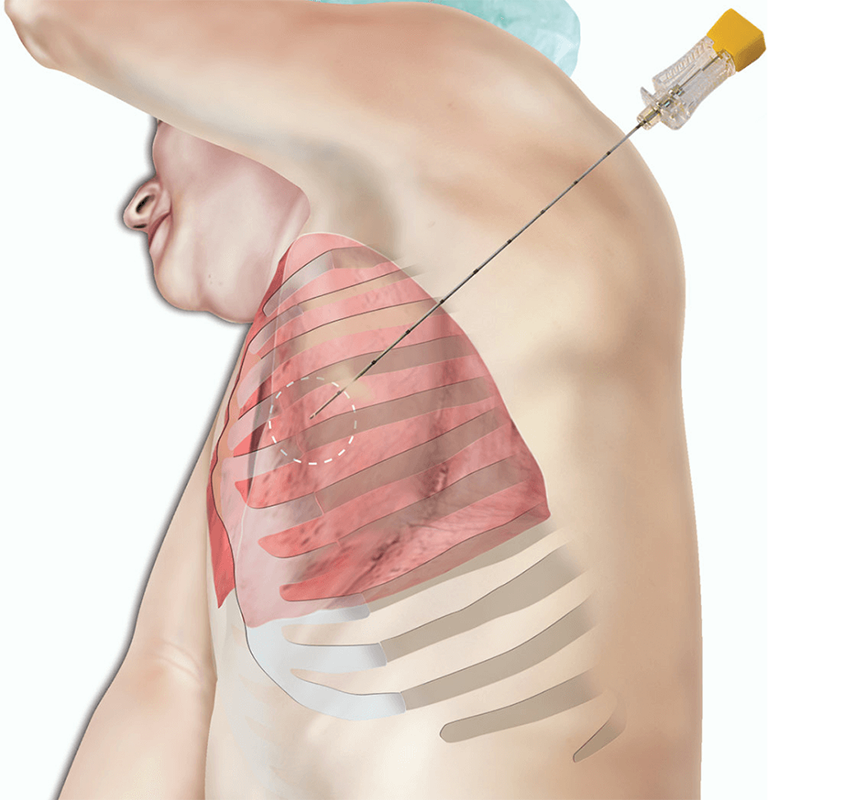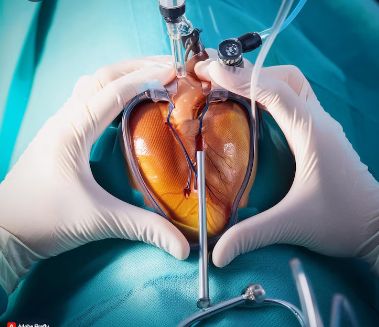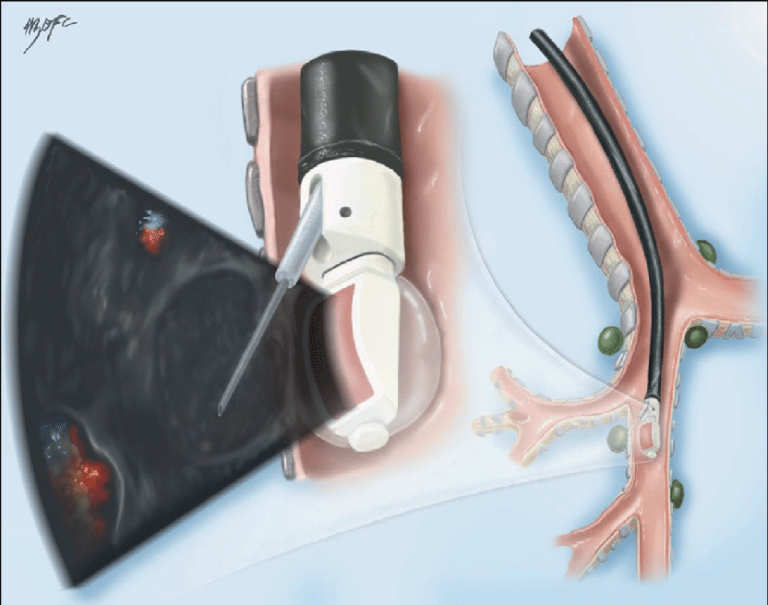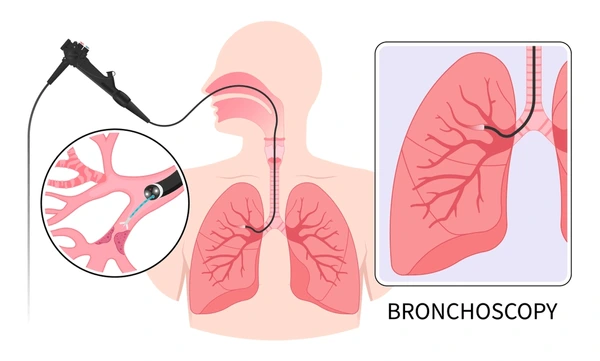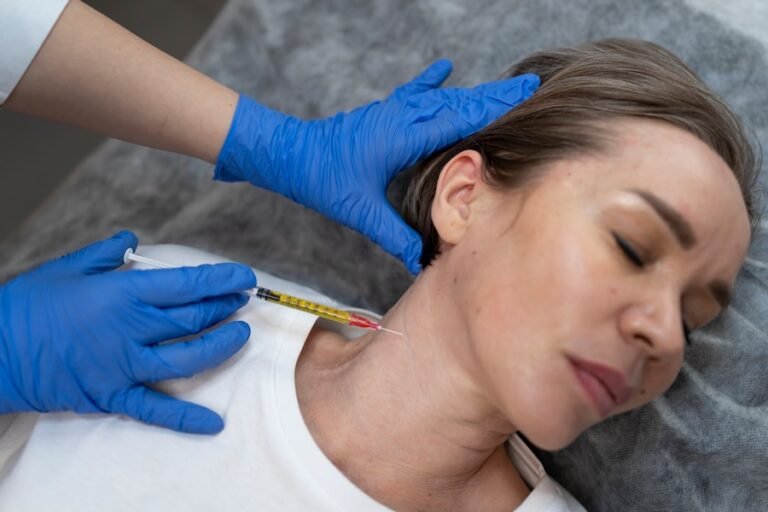Pioneering Pleural Services Innovations in Respiratory Health.
The pleura, a thin membrane enveloping the lungs and lining the chest cavity, plays a crucial role in respiratory function. Disorders affecting the pleura can have a profound impact on breathing and overall lung health. In recent years, advancements in medical science have led to pioneering pleural services that aim to diagnose, treat, and manage a spectrum of pleural conditions. This article explores the significance of pleural services, the range of conditions they address, and the innovative approaches shaping respiratory care.
To Know More About It Please Click Here
Understanding the Pleura and Its Functions
- Anatomy of the Pleura:
- The pleura consists of two layers – the visceral pleura covering the lungs and the parietal pleura lining the chest cavity.
- Pleural Fluid Dynamics:
- A thin layer of pleural fluid between these layers facilitates smooth lung movement during breathing.
Common Pleural Conditions
- Pleural Effusion:
- Accumulation of excess fluid in the pleural space, often due to infections, heart failure, or malignancies.
- Pleural services specialize in diagnosing the underlying cause and providing drainage or therapeutic interventions.
- Pneumothorax:
- The presence of air in the pleural cavity causes lung collapse.
- Pleural services play a crucial role in managing spontaneous or traumatic pneumothorax through drainage procedures.
- Pleural Infections:
- Infections such as pleuritis or pleurisy affect the pleura, causing inflammation and pain.
- Pleural services provide diagnostic tools and treatments to address infectious pleural diseases.
Diagnostic Tools in Pleural Services
- Imaging Techniques:
- X-rays and CT scans assist in visualizing pleural abnormalities and guiding diagnostic procedures.
- Thoracentesis:
- A minimally invasive procedure involving the removal of pleural fluid for analysis and relief of symptoms.
- Pleuroscopy (Medical Thoracoscopy):
- A more advanced diagnostic procedure allows direct visualization of the pleura for biopsy and therapeutic interventions.
Innovative Pleural Interventions
- Pleurodesis:
- A procedure inducing adhesion between the layers of the pleura to prevent recurrence of pleural effusion.
- Tunneled Pleural Catheters:
- Long-term drainage solutions for recurrent pleural effusions or malignant pleural diseases.
- Medical Thoracoscopy for Biopsy:
- A minimally invasive approach for obtaining tissue samples from the pleura, aiding in the diagnosis of pleural diseases.
Integrative Approaches in Pleural Care
- Multidisciplinary Teams:
- Collaboration between pulmonologists, thoracic surgeons, radiologists, and pathologists ensures comprehensive pleural care.
- Patient-Centered Care:
- Tailoring treatment plans to individual patient needs, considering factors such as overall health and preferences.
The Role of Pleural Services in Respiratory Health
- Early Detection and Intervention:
- Timely diagnosis and intervention by pleural services contribute to better outcomes and improved quality of life.
- Minimally Invasive Techniques:
- Advances in pleural interventions focus on minimally invasive procedures, reducing patient discomfort and recovery time.
Challenges and Future Directions
- Complex Cases:
- Managing complex pleural diseases, including malignant conditions, requires ongoing research and advanced treatment modalities.
- Innovations in Therapeutics:
- Ongoing research explores novel therapies and targeted interventions for pleural diseases.
To Know More About It Please Click Here
Conclusion
Pleural services stand at the forefront of respiratory health, offering innovative diagnostic and therapeutic interventions for a range of pleural conditions. Through a multidisciplinary approach and a commitment to patient-centered care, these services contribute significantly to the early detection, management, and improvement of outcomes for individuals facing pleural disorders. As technology advances and medical understanding deepens, the landscape of pleural services continues to evolve, promising a future where respiratory health is optimized through personalized and innovative approaches.

